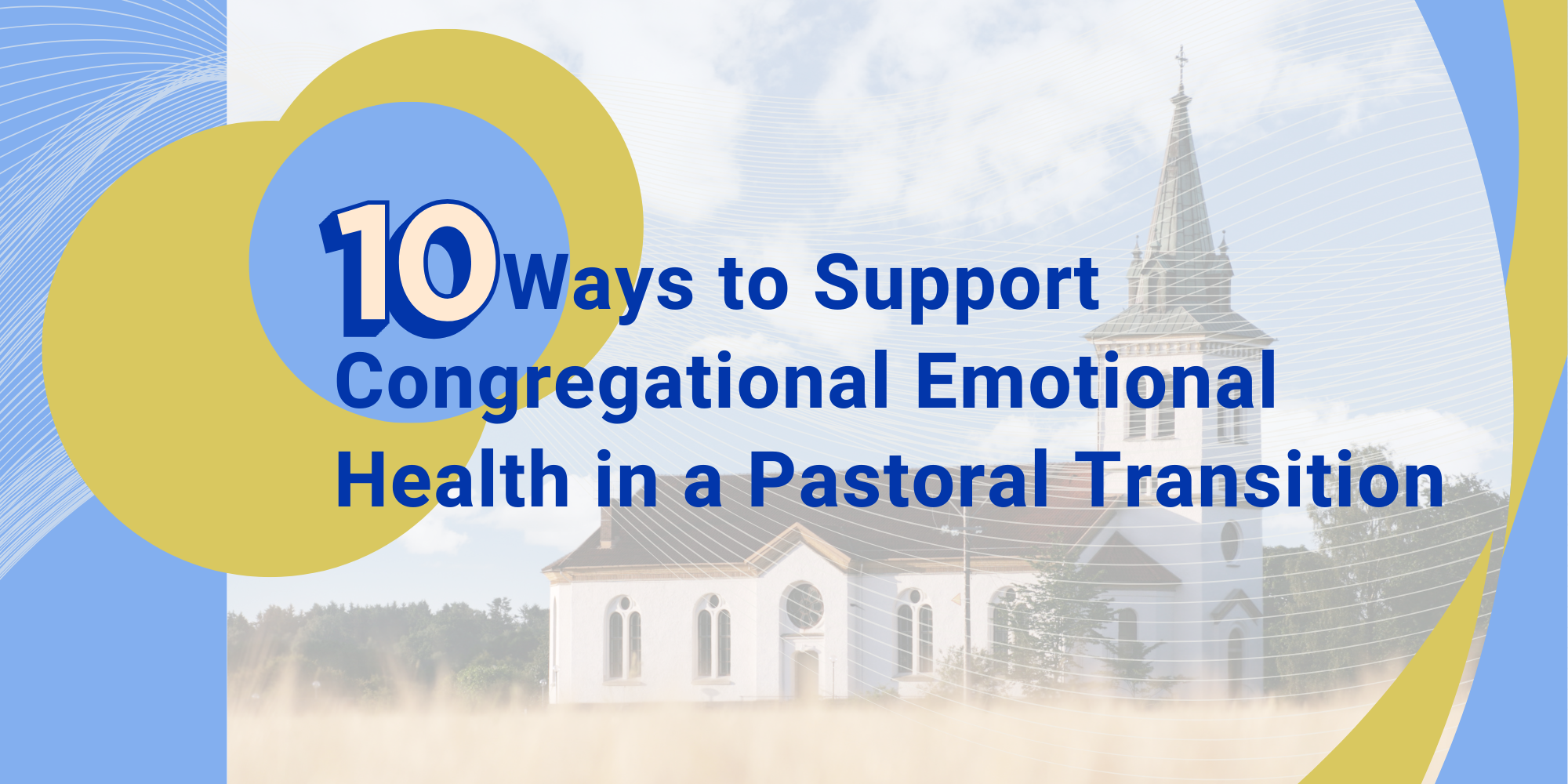A pastoral transition is one of the most impactful seasons in the life of a church. Whether a pastor retires, resigns, or is called to another ministry, the transition can stir a wide range of emotions—grief, uncertainty, anxiety, excitement, and even division. How church leadership manages this process plays a crucial role in the emotional and spiritual health of the congregation for years to come.
To lead well during this critical time, it’s essential to proactively support the congregation’s emotional needs. Below are ten proven strategies for nurturing a healthy church environment during a pastoral transition.
1. Acknowledge the Congregation’s Emotions
Change—even expected change—can feel unsettling. Some church members may feel abandoned, while others may look forward to a new chapter. Create safe spaces for open, honest conversations where members can express their feelings. Validating these emotions helps prevent division and encourages unity.
2. Communicate Clearly and Consistently
During a pastoral change, transparent communication is vital. Keep the congregation informed about the transition timeline, the pastoral search process, and interim leadership. Regular updates help reduce anxiety and foster trust among members.
3. Honor the Departing Pastor
If the transition is amicable, take time to celebrate the pastor’s service. Host a farewell service, share personal stories of appreciation, and pray over their next journey. A thoughtful send-off brings closure and lays the groundwork for a smoother transition.
4. Provide Strong Pastoral Care
Pastoral transitions can leave some members feeling spiritually adrift. Church leaders—such as deacons, elders, ministry staff, and interim pastors—should be intentional about providing emotional and spiritual support through encouragement, prayer, and counseling.
5. Reinforce the Church’s Mission and Vision
A church’s identity is rooted in Christ, not a single pastor. Remind the congregation that the church’s mission remains unchanged. Keeping ministries aligned with the church’s vision helps maintain focus and stability during change.
6. Maintain a Consistent Schedule
Avoid making major changes to worship services or programs during the transition. Familiar rhythms provide stability and comfort. Once a new pastor is in place, there will be time for evaluating and adapting structures and schedules as needed.
7. Promote Healing and Unity
If the transition follows a difficult season—such as internal conflict or leadership failure—intentional healing is essential. Offer opportunities for reconciliation, reflection, and spiritual renewal. A church that takes time to heal will be more receptive to new leadership.
8. Cultivate a Spirit of Hope and Expectation
Encourage members to view this transition not as a crisis, but as a divine opportunity. A hopeful attitude among leadership will positively influence the congregation. As Romans 8:28 reminds us, “God works in all things to bring about good.”
9. Create Opportunities for Fellowship
Plan social events, meals, and team-building activities to strengthen relationships during the interim. Laughter, shared meals, and meaningful connection help maintain community and morale.
10. Pray with Surrender and Discernment
During the pastoral search, invite the congregation to pray as Jesus did in Matthew 26:39: “Not my will, but your will be done.” A church that earnestly seeks God’s guidance will be spiritually prepared to embrace its next chapter with confidence and joy.
Moving Forward with Faith
The departure of a pastor may signal the close of one chapter, but it also opens the door to new possibilities. By prioritizing clear communication, emotional support, unity, and prayer, churches can navigate a pastoral transition with grace and strength—trusting that God is guiding their path forward.

Leave a Reply